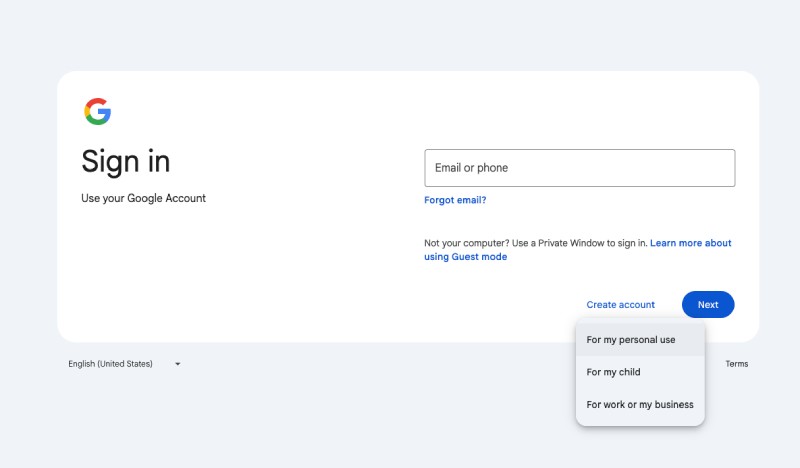
Many companies invest heavily in marketing but lack the insight to know whether it’s actually working or not. The budget is allocated, campaigns are launched, reports get sent, but the results seen often fail to justify the spend.
So that your company is best positioned for marketing success, this guide identifies common ways marketing efforts fall short. It also points out measurable warning signs that often go unnoticed, and offers a clear framework to help businesses shift from wasteful tactics to strategies that drive real, long-term return on investment.
Common Ways Organizations Waste Money On Marketing
Marketing budgets often disappear into efforts that sound good in theory but lack the strategic alignment that’s needed to succeed.
One of the most common missteps is overvaluing engagement metrics like clicks or likes without connecting those actions to revenue or pipeline growth. Content is produced without a real plan behind it, and vague goals lead to scattered execution.
Partnerships with agencies can also become a cost sink, particularly when SEO or PPC services are automated, low-effort, and never refined after launch. Without active oversight, these investments rarely move the needle.
Another recurring problem involves treating marketing as a fixed routine rather than a dynamic system. Many organizations adopt a “set it and forget it” mindset, expecting evergreen returns from campaigns originally built for short-term impact.
Instead of evaluating what’s working and adjusting based on actual performance, teams fall back on familiar tactics. That comfort becomes expensive, especially when creativity, testing, and adaptation are missing from the process.
6 Red Flags You’re Wasting Your Marketing Budget
Surface-level metrics might suggest things are working, but measurable outcomes often tell a different story. If any of the following scenarios feel familiar, it’s probably time to reassess your marketing direction and budget allocation.
Qualified Lead Flow Is Flat Or Declining
Marketing should consistently generate opportunities that contribute to revenue. When qualified leads arrive inconsistently or stop growing month over month, it becomes harder to plan for growth. Without a dependable pipeline, forecasts weaken and sales outcomes become unpredictable.
Sporadic lead flow often indicates that content is misaligned with buyer intent, or that targeting is too broad or outdated. Even if awareness campaigns are active, failure to nurture prospects through the funnel leads to unreliable results.
When there’s no steady stream of qualified prospects, marketing becomes a sunk cost rather than a growth engine.
Your Cost-Per-Lead (CPL) Is Increasing, Not Decreasing
Effective campaigns improve over time through testing and optimization. A rising CPL often suggests that targeting has stalled, conversion paths are underperforming, or creative assets are no longer resonating with your audience.

Inefficiencies tend to build gradually when campaign metrics aren’t being reviewed closely. Paid media in particular can bleed budget quickly when ad fatigue, misaligned messaging, or poor funnel design go unaddressed. When every lead becomes more expensive to acquire, profitability erodes and marketing becomes harder to justify at the leadership level.
There Is No Clear Lead Attribution (Don’t Know Where Leads Are Coming From)
Understanding what generates conversions is essential. When reporting focuses on high-level vanity metrics like clicks, impressions, or social likes, it distracts from the data that actually matters.
Without attribution, there’s no way to know which specific campaigns, channels, or assets are driving business outcomes. This leads to poor decision-making, where the budget is allocated based on assumptions rather than facts. Over time, the inability to tie leads back to the source weakens the entire strategy and makes optimization nearly impossible.
You Don’t Know Your Industry CPQL Benchmarks (Or Aren’t Hitting Them)
Cost-per-qualified-lead (CPQL) is one of the clearest indicators of efficiency in a performance-based marketing program.
Teams that don’t know what benchmarks are reasonable for their vertical are operating without context. Missing or exceeding industry CPQL ranges means you may be overspending to acquire prospects that aren’t converting at a high enough rate.
Without clear performance goals, agencies and in-house teams tend to drift toward tactics that feel productive without delivering real returns. Benchmarks offer much-needed clarity and a reference point for evaluating whether your strategy is sustainable.
Organic Rankings Have Not Noticeably Improved In The Last 6 Months
SEO should build up momentum, not stall it out. If your target keywords haven’t seen upward movement in half a year or more, your current strategy likely lacks depth or focus.
Plateaued rankings are often a sign that keyword research is outdated or that on-page and technical SEO efforts are inconsistent. In some cases, content may exist in volume but fail to match actual search intent.
Other times, neglected site structure or performance issues prevent progress, regardless of how much new content is being added. Without a plan to address both content and technical foundations, organic growth will remain limited.
No Definitive Path For Continuous Improvement From Team Or SEO Agency
Marketing should never be a static process. When agencies or internal teams deliver backward-looking reports without any forecast, roadmap, or next steps, they’re not building momentum.
Reactive workflows tend to emerge when there’s no accountability or vision in place. A marketing program without a clear improvement plan leads to repetition, where the same tactics are recycled in hopes of better results.
Forward motion requires clarity about what’s being tested, what’s changing next, and how success will be measured. Without that structure in place, you’re not just standing still; you’re falling behind.
Work With 321 Web Marketing To Fully Understand What Effective Marketing Looks Like

Strong marketing programs produce measurable results. If your current efforts feel stagnant or unclear, it doesn’t have to stay that way.
At 321 Web Marketing, we partner with teams that are ready to turn wasted spend into sustainable lead generation. Our consultants identify the gaps, bring data clarity, and execute strategies that produce real business outcomes.
If you’re unsure whether your current marketing is working, contact 321 Web Marketing today to schedule a consultation and speak to an experienced marketing specialist; we’ll show you what effective performance actually looks like.








